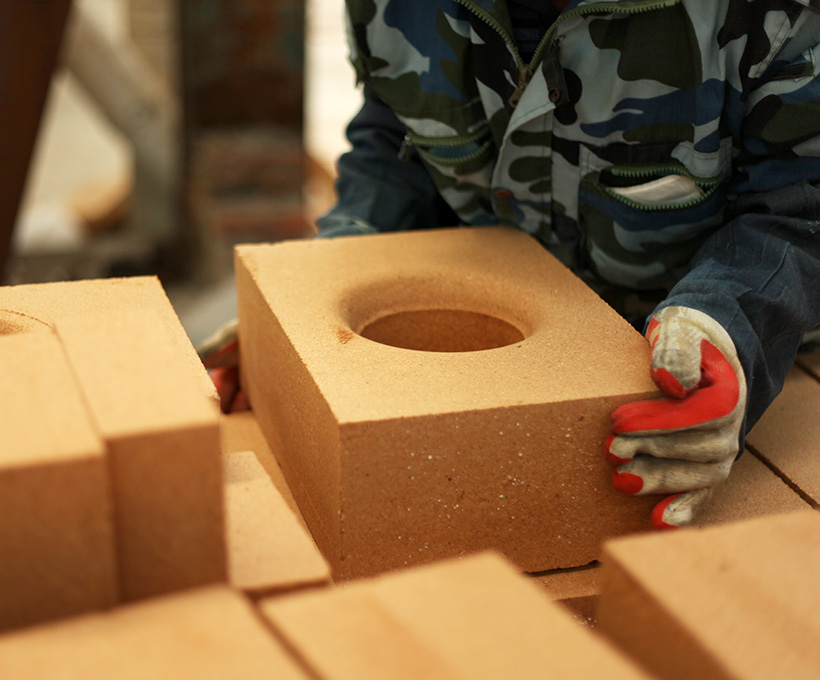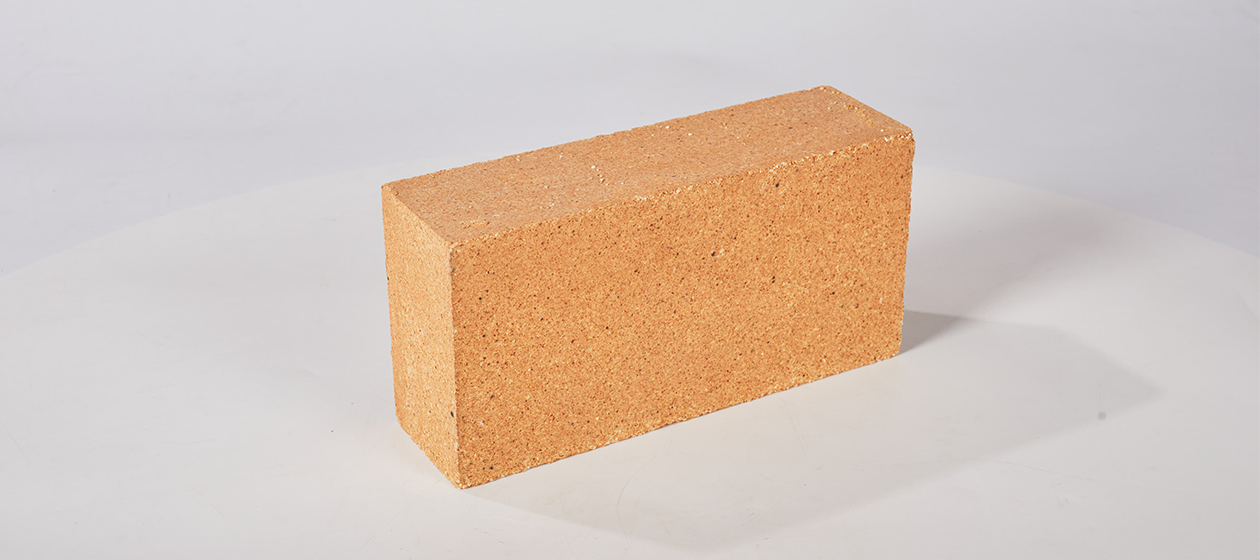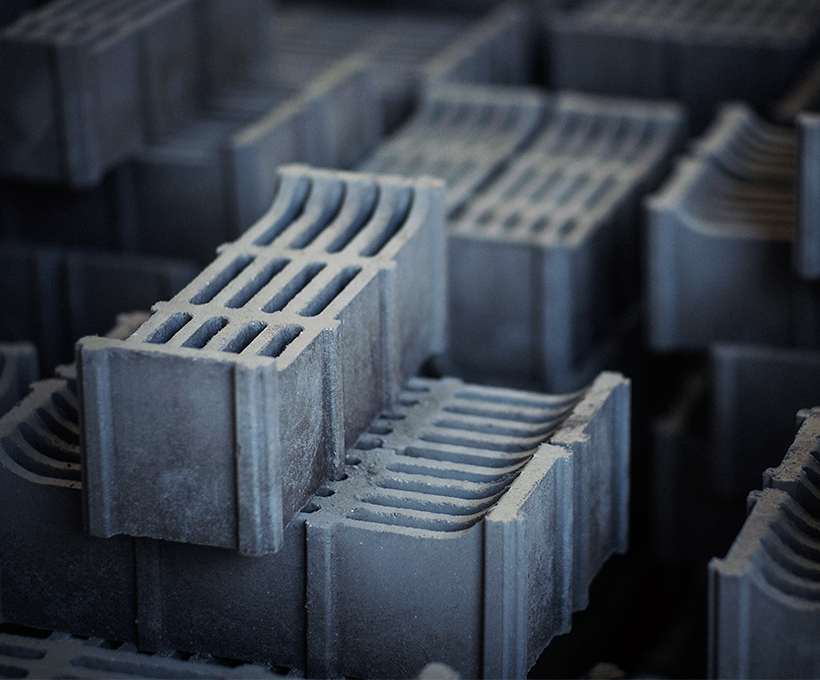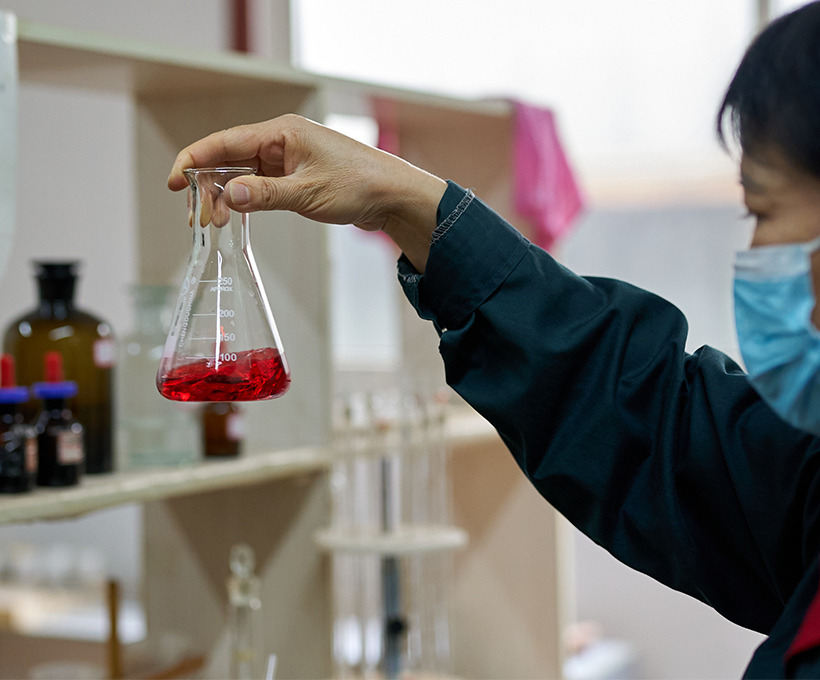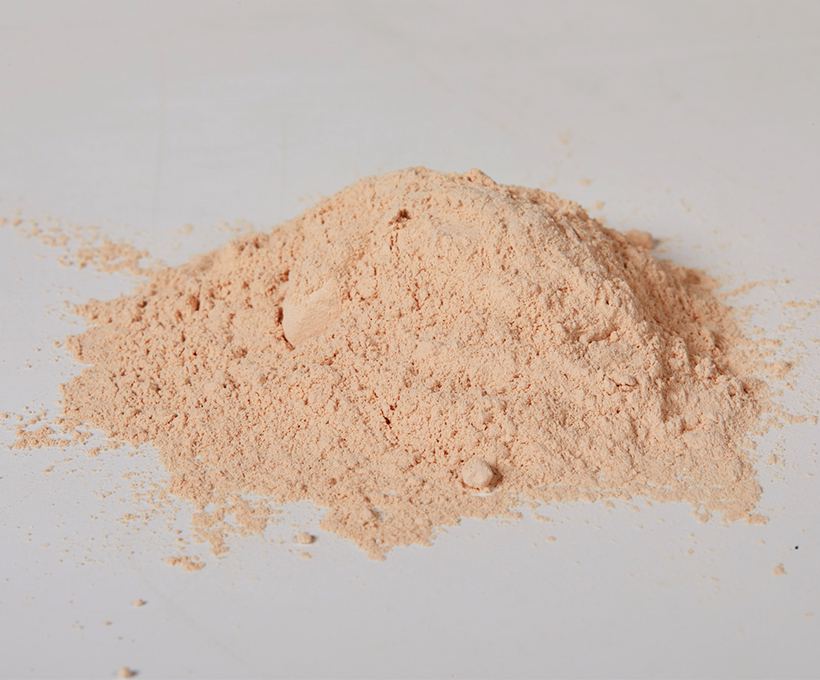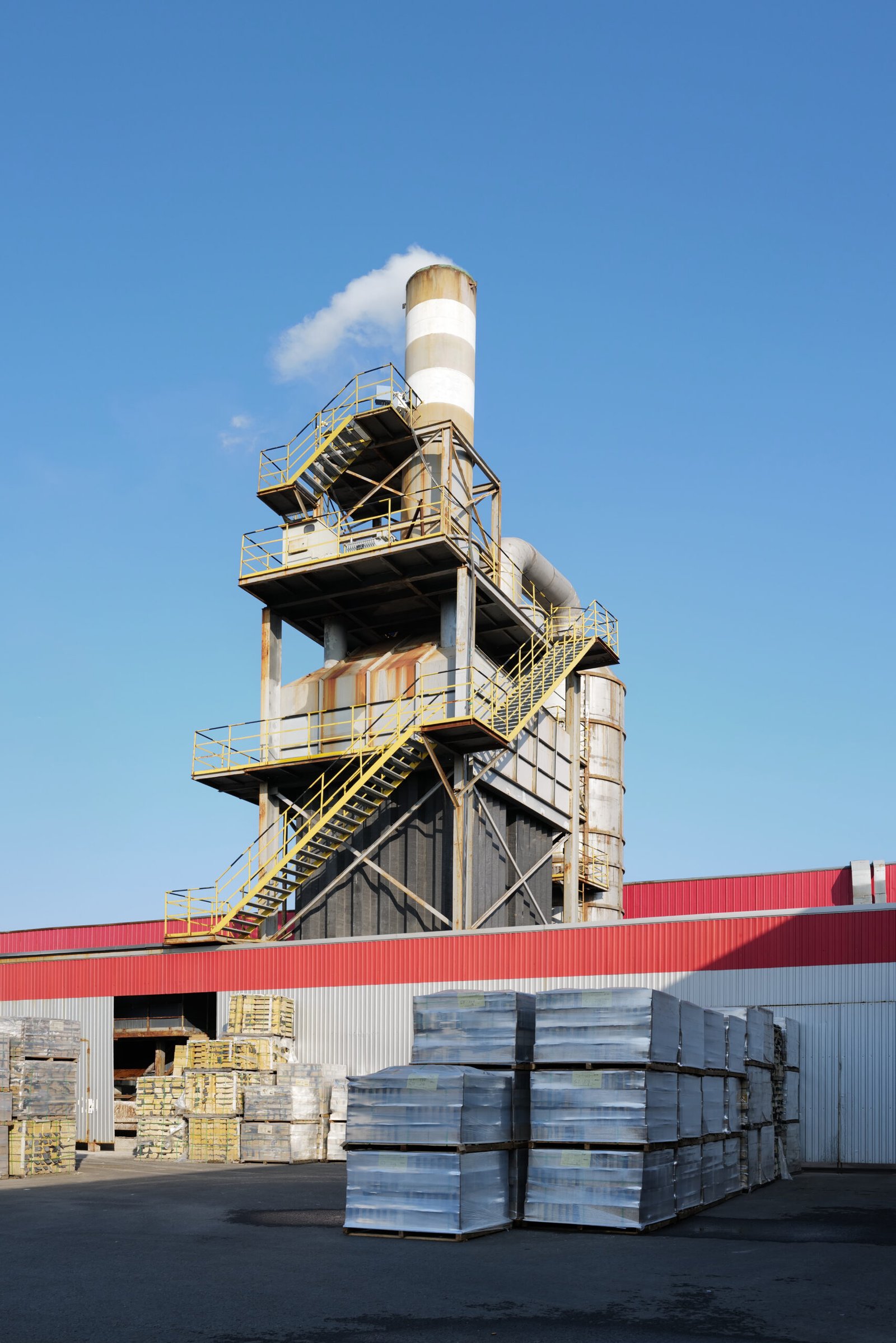As a core piece of equipment in the metallurgical, building materials, and chemical industries, the rotary kiln plays the critical role of transforming raw materials into finished products through high-temperature processing. Its stable operation relies not only on precise structural design but also, crucially, on
Hot blast stoves, as core thermal equipment in industrial production, have performance and service life that largely depend on the selection of refractory materials. These refractory bricks act as guardians of the stove, silently enduring harsh conditions such as high temperatures and corrosion to ensure
In high-temperature industrial sectors such as cement production, steel manufacturing, and non-ferrous metal smelting, the rotary kiln stands as the "heart" of the production line. Operating in a continuous 360-degree rotation, it performs critical processes like calcination and roasting of materials under extreme temperatures ranging
The consumption of refractory materials for steelmaking is substantial, and it directly affects the service life of steelmaking furnaces and smelting costs. Therefore, when selecting refractory materials, in addition to meeting the requirements of smelting processes, it is necessary to rationally utilize resources based on
The ladle used in traditional steelmaking processes, such as the short-route ladle-ingot method, primarily employs refractory materials such as aluminosilicate bricks, semi-silica bricks, and pyrophyllite bricks. When used in long-route methods like secondary refining and continuous casting, the refractory materials include high-alumina bricks, dolomite bricks,
Castables are granular and powdered materials made from refractory substances, combined with a certain amount of binder and water, forming a highly fluid mixture suitable for shaping by casting. To enhance fluidity or reduce water content, plasticizers or water-reducing agents may be added. Additionally, hardening
Structure of Converter A converter is generally composed of a converter furnace body, supporting mechanism, tilting mechanism, oxygen supply mechanism, etc. For top-blown oxygen converters, bottom-blown converters, and top-bottom combined blown converters, due to different oxygen and gas supply methods, the corresponding equipment structures also
Firing is a crucial process in ceramic production, conducted in thermal equipment—kilns. Ceramic kilns can be classified as follows: (1) By shape and operation mode, they are divided into intermittent kilns (such as downdraft kilns) and continuous kilns (such as tunnel kilns). (2) By heat
A tunnel kiln consists of four parts: the kiln body, combustion equipment, ventilation equipment, and in-kiln conveying equipment. The kiln body is composed of kiln walls and a kiln roof. The functions and requirements of the kiln walls are as follows: (1) Together with the
For millennia, clay bricks have formed the backbone of human civilization's architectural achievements. From the ancient walls of Babylon to the charming streets of modern European cities, these humble rectangular blocks have proven their worth through centuries of service. Their remarkable longevity, often exceeding a


